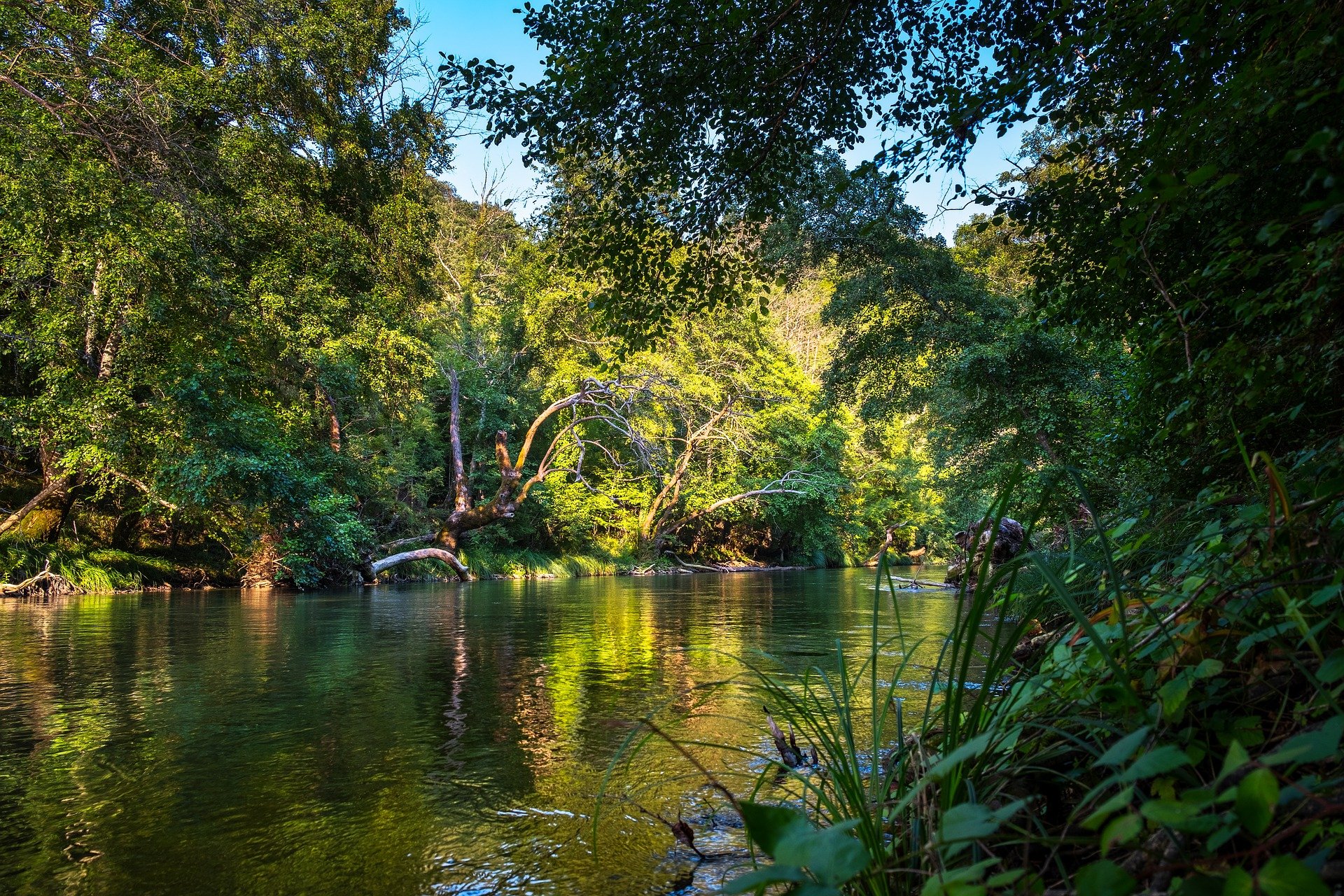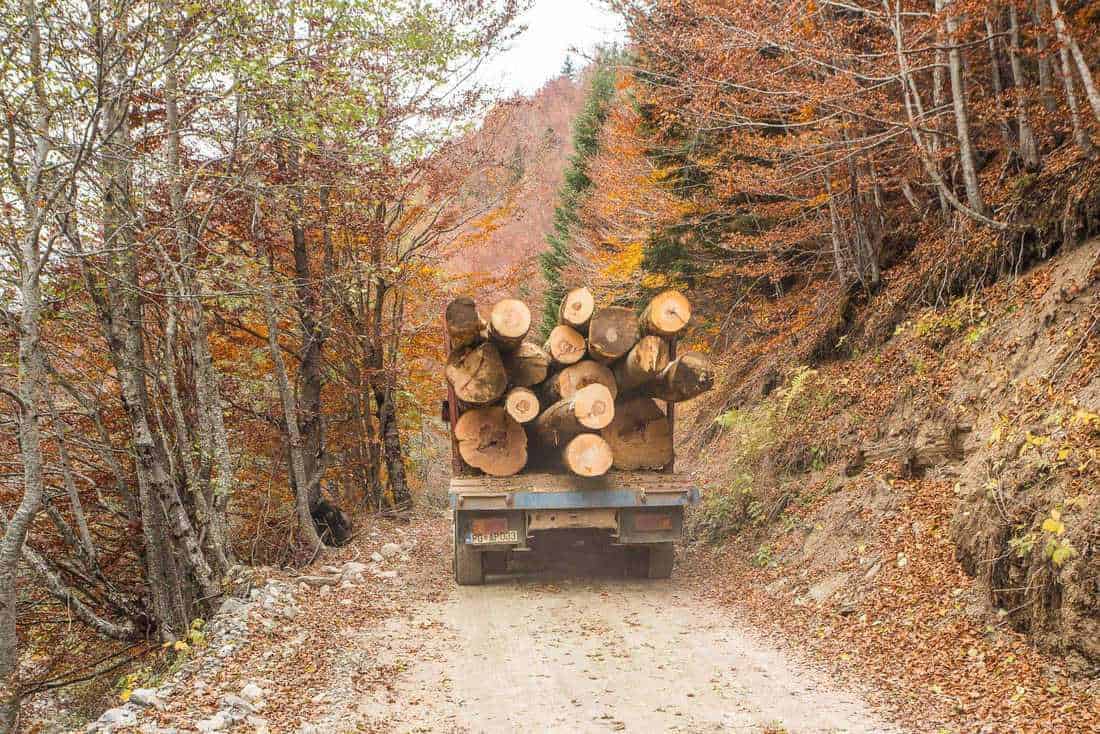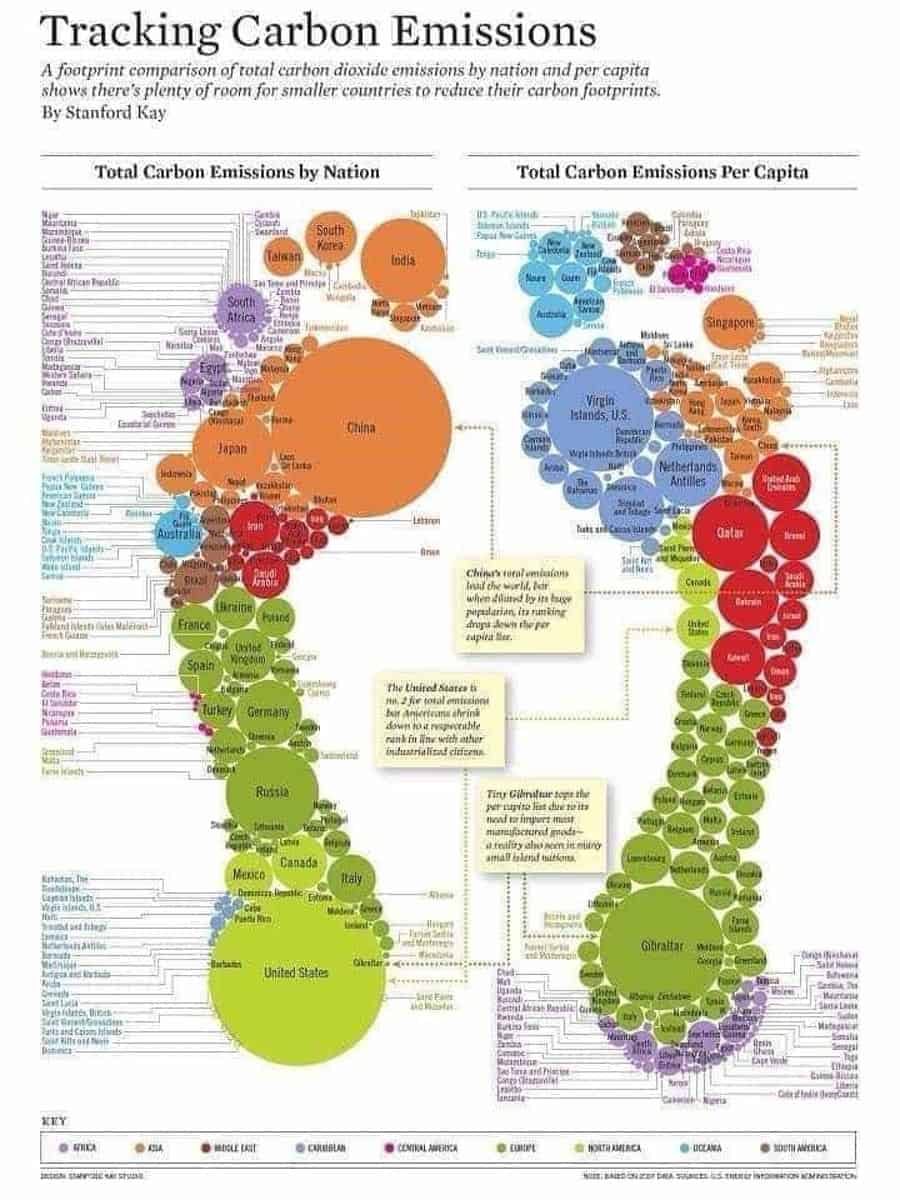Germany third most climate change affected country in 2018
Germanwatch, together with the NewClimate Institute and Climate Network International, published their 15th Climate Risk Index 2020 (CRI). They are announcing Germany as the third most climate change affected country in 2018. The results of the CRI were recently announced at COP25, in Madrid. The CRI primarily analyses the effects of extreme weather events rather than other, longer-term climate effects. From their analysis, they calculated that Germany suffered the loss of 1 246 deaths and 5 038.62 million US$ PPP. This was as a result of these weather events.

Extreme weather events
Most of the deaths were attributed to a severe heatwave, part of the hottest year on record in the country. Heavy rains also preceded a severe summer drought, causing about 8 000 farmers to seek federal relief. This totaled a cost of around 1.18 billion US$. According to the CRI, Japan suffered the most. Japan is followed by the Philippines in 2018. Furthermore, throughout the period of 1999-2018, Puerto Rico, Myanmar, and Haiti were the most affected countries. Developing and island countries are particularly susceptible to extreme weather events, such as hurricanes, cyclones, and floods. For example, according the CRI, the 2017 hurricane season made that year the “costliest year ever in terms of global weather disasters,” with overall losses that year totaling around 330 billion US$.
As the 6th largest producer of CO2 emissions, Germany is struggling but striving to reduce its GHG emissions to the targets set by the Paris agreement. The increase in support of the German Green Party may indicate that public concern over Germany’s climate security is growing. However, whether the country meets its own target or not, the world is not yet on track to collectively reduce its Green House Gas (GHG) emissions on schedule. So Germany, despite is wealth, will be facing more extreme weather events in the coming years.
Wildfires
With increasing heat and likely more droughts, Germany will also likely have to contend with more wildfires. Similar to the massive one that raged in the Brandenburg area last summer. Germany is of course not alone in its wildfire susceptibility. But, the country’s heavy forest cover (~1/3) and large forest industry, in conjunction with its high population density, make the region especially vulnerable to wildfire calamities. And so billions of euros are stake, as well as jobs and even lives, not to mention the ecology of the forests.
Whether caused by failing to put out a campfire correctly or lightening, wildfire need not even strike for severe forest damage to be done. Rising temperatures and longer summer months are a boon for certain species of bark beetles which can decimate spruce stands. Norway spruce (Picea abies), although largely planted as a cash crop, is the most dominate tree species in German forests. However, it is already susceptible to heat but simply cannot survive bark beetle infestation without extensive and costly intervention by German foresters.

Long-term forest management plans are already responding to climate change. And reducing the Norway spruce cover in Germany is one tactic. But, realizing such actions will take considerable time. This is due to the nature of silviculture as well as because of the amount of private forest owners in the country, a majority compared to the state enterprises. Although largely praised for its sustainability and eco-friendly protocols, German forestry must contend with more than fire and bark beetles. Its own internal management and relationship with private forest owners, as well as with the Environment Ministry and Natura2000, must advance ecological agendas beyond the immediate pressures of climate change.









